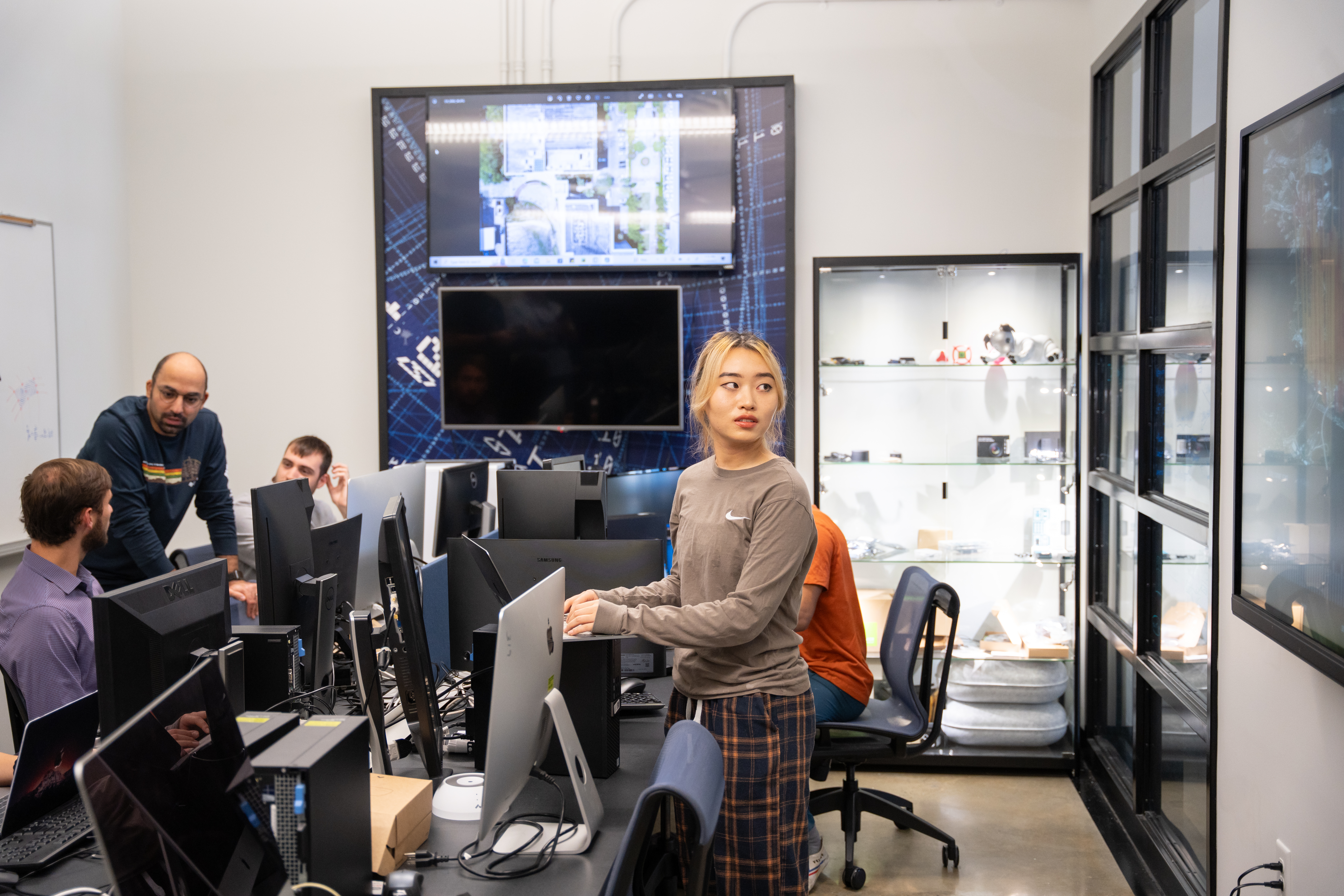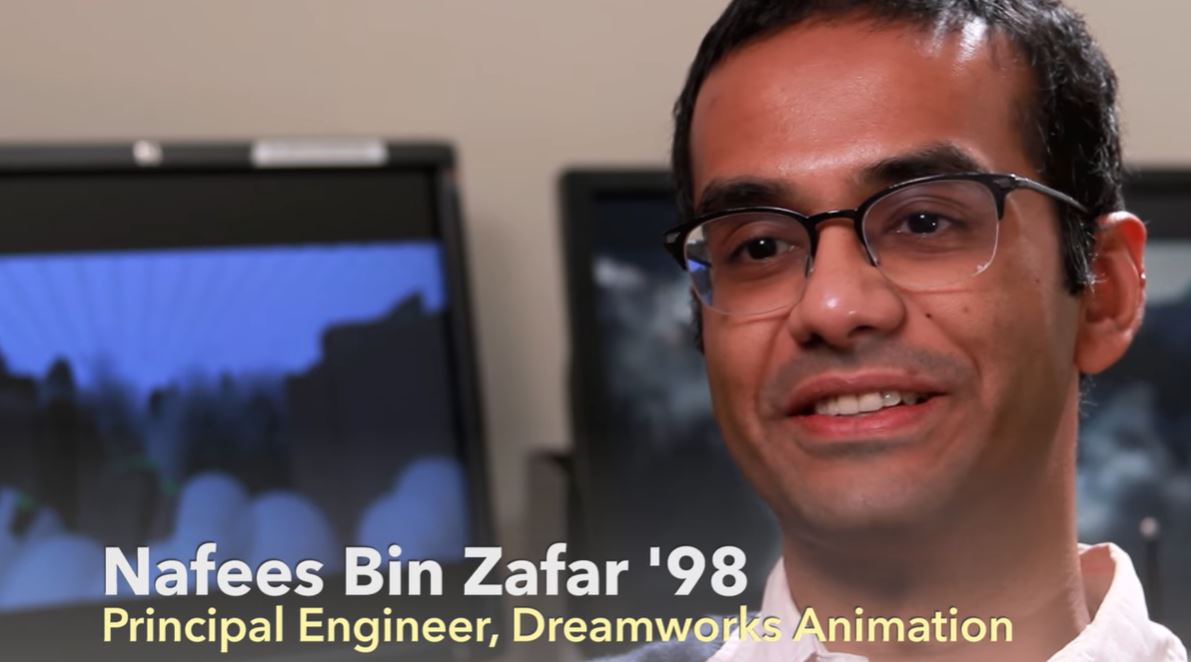Computing in the Arts
Department of Computer Science
The Bachelor of Arts in Computing in the Arts (CITA) offers an interdisciplinary experience in computer science and the arts, with one of six different concentrations.
CITA fuses creativity, problem-solving skills, and computational know-how, prepping students for further studies, technology and arts industry jobs, or positions in companies seeking creative software developers.
CITA marries design and coding, spearheading the development of future tools. Our students acquire skills in:
- Contemporary music, art, and theatre production
- Animation and digital media
- Visual and audio systems
- Mobile app development
The CITA program at the College of Charleston has been supported by the National Science Foundation (DUE-104486, DUE-1323605, CUE-1935143 and CNS-2139786) and Google as a model curriculum.
CITA students learn to:
- Model processes, especially in arts applications
- Investigate, visualize, speculate, and invent using computing and computational thinking
- Synthesize innovative software applications and media. This includes combining music, images, sounds, lighting and stage design, and other digital artifacts
- Explore the potential and societal influence of computational thinking
The CITA educational experience is part of the new movement to combine art and design with science, technology, engineering and math (see STEM + Art = STEAM).
Concentrations
-
Art
Supported by faculty from the Department of Computer Science and the Department of Art and Architectural History.
The Art concentration in Computing in the Arts synthesizes computing and computer programming with studio art and art history.
- View the curriulum in the catalog: Art Concentration
-
Game Development and Interaction
The Game Development and Interaction concentration in Computing in the Arts synthesizes computing and computer programming with game development and building interactive experiences.
- View the curriculum in the catalog: Game Development and Interaction Concentration
-
Digital Media
The Digital Media concentration in Computing in the Arts synthesizes computing and computer programming with digital media (sound, audio, image, web, and others).
- View the curriculum in the catalog: Digital Media Concentration
-
Music
Supported by faculty from the Department of Computer Science and the Department of Music.
The Music concentration in Computing in the Arts synthesizes computing and computer programming with music theory and composition.
- View the curriculum in the catalog: Music Concentration
-
Dance
Supported by faculty from the Department of Computer Science and the Department of Theatre and Dance.
The Dance concentration in Computing in the Arts synthesizes computing and computer programming with dance and movement.
- View the curriculum in the catalog: Dance Concentration
-
Theatre
Supported by faculty from the Department of Computer Science and the Department of Theatre and Dance.
The Theatre concentration in Computing in the Arts synthesizes computing and computer programming with theater and storytelling.
- View the curriculum in the catalog: Theatre Concentration


